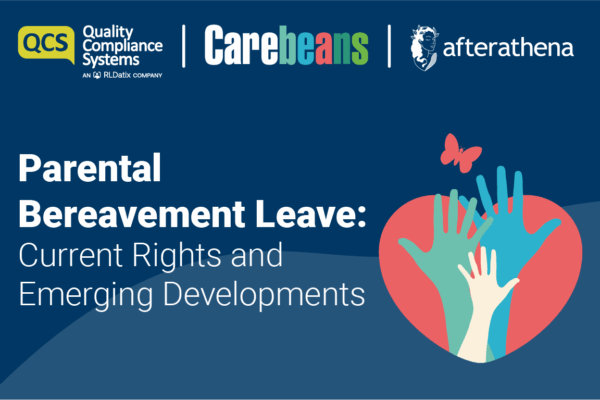
That’s what the Malnutrition Task Force and Age UK urge following their recent State of the Nation report, which aims to shine a light on the scale and challenges of malnutrition in later life in the UK today.
The report brings together information, statistics and evidence from across the health and social care system to provide a unique snapshot of what is happening to older people who are malnourished or at risk of malnutrition. This report highlights how malnutrition can seriously affect an older person’s health and wellbeing and increase hospital admissions and long-term health problems. It also looks at economic costs and pressures, and whether the NHS and social care services are currently able to support older people at risk and how invested they are in this issue.
What did the Report say About Care Homes?
The report indicates that, as part of the NICE guidelines for nutrition screening, most care settings are now routinely checking whether someone is malnourished or at risk of malnourishment. Routine screening is most notable when people are admitted into a setting. This is, of course, very welcome progress and helps us understand the prevalence of malnutrition. However, we know there is still progress to be made to ensure that these screenings are reliable and effective. For example, work by BAPEN (the British Association for Parenteral and Enteral Nutrition) in care homes identified that, whilst nutrition screening is a standard part of care in 90% of homes, there were inconsistencies in the use and calibration of equipment, as well as when translating the findings into individuals’ care plans. It is also unclear whether the information obtained from screening affects care provision and how often the person is re-screened to check whether interventions are successful.
The report also acknowledges that health and care professionals are operating in an environment which is under extreme pressure from increasing demand, as well as cuts to funding, difficulty in filling staff vacancies, high staff turnover and management and policy reorganisation which may be a distraction from day to day care provision. On top of this, awareness of malnutrition is low amongst both the public and healthcare professionals. There are perceptions that getting thinner is ‘normal’ or inevitable in later life and that malnutrition is only a problem in developing countries.
There is Much That is Heartening About Efforts to Tackle Malnutrition in Care Settings, but There are Still Gaps
There is though, much that is heartening about the efforts to tackle malnutrition across all care settings and among health and social care professionals. Good information and guidance exist in this area, but there are still gaps, mainly in public awareness and professional training. But the building blocks are there to create better nutrition for all older people and to make the standards and availability of care universal. There is also work to be done on addressing dehydration among older people, to increase awareness and improve hydration as a fundamental part of good nutrition.
Preventing and treating malnutrition relies on increasing public awareness and professional training, alongside an integrated system of health and social care and with support for older people, their carers and families. Services across the UK need to adapt to the scale of the challenge around malnutrition in later life. We must collectively, and in a joined-up way, address malnutrition so that we help protect older people at risk of malnutrition and those of who care for them.
The State of the Nation report is available at http://www.malnutritiontaskforce.org.uk/wp-content/uploads/2017/10/AW-5625-Age-UK-MTF_Report.pdf






